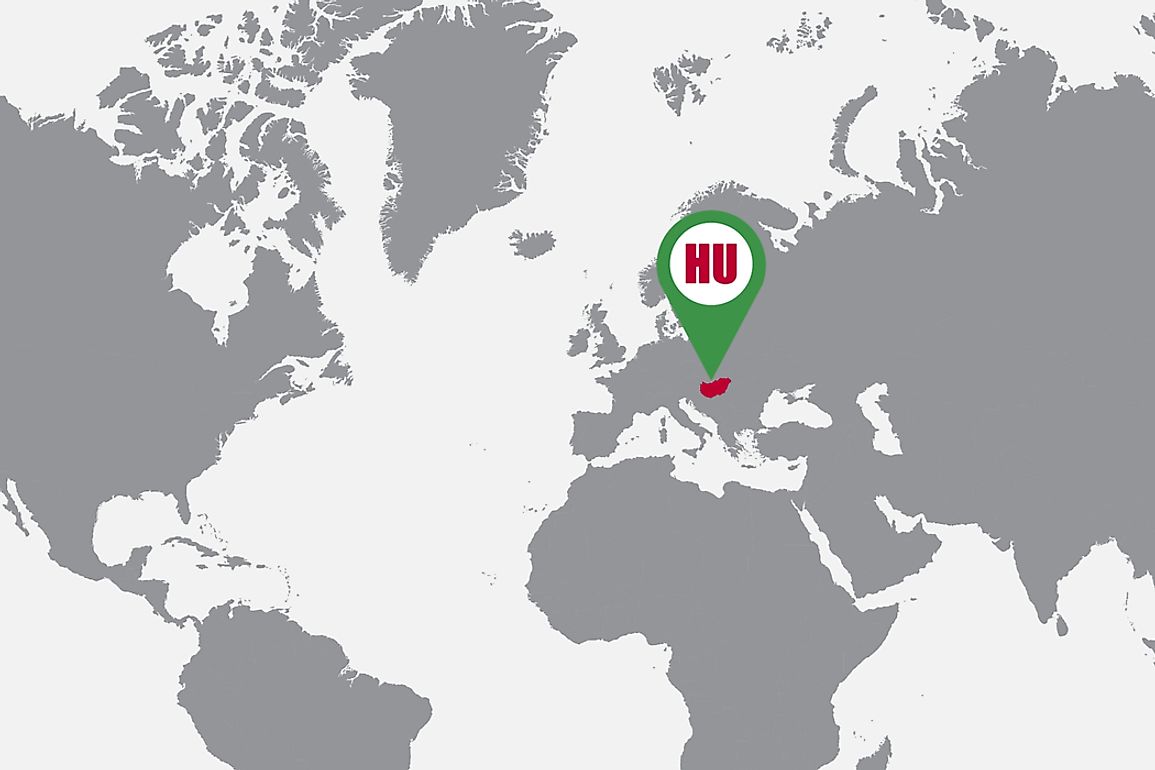What Continent is Hungary In?

Hungary is a landlocked country lying in the central region of the continent of Europe. The country covers a total area of 35,920 square miles stretching to the Carpathian Basin and bordering Slovakia to the north, Serbia to the south, Romania to the east, Slovenia to the west, Croatia to the southwest, Austria to the northwest, and Ukraine to the northeast. Hungary is a middle-sized economy and among the fastest developing economies in the European Union following liberalization through Foreign Direct Investment. Hungary is the most visited country in central Europe due to the natural thermal bath and spas culture that is promoted worldwide.
History of Hungary
The foundation of Hungary commenced in the 9th century during the conquest by Hungarians in the Carpathian Basin. In the 19th and part of the 20th century, Hungary was a democratic republic with a multiparty system and an independent judiciary. However, the Soviet Union’s interventionism in the country created an autocratic system introducing communism to which the executive, legislative and judicial branches of the government were subordinated. However, the constitution passed in 1989 enacted major reforms including the introduction of a multiparty parliamentary system of representative democracy with free elections and separations of the three arms of government to independent institutions.
Geography
Hungary is a landlocked country whose climate is defined by its main waterways, the Danube and Tisza Rivers. The waterways divide the country into three main regions namely Dunantul which is the region beyond the Danube, Transdanubia locally referred to as Tiszantul is the region beyond the Tisza, and Duna-Tisza koze marking the region between the Danube and Tisza. Hungary has a continental climate characterized by hot summers with frequent rainfall and cold snowy winter aids livestock farming which is widespread across the country. Over the years, human activity in the country has largely destroyed the natural ecosystem leaving only one sixth of coniferous forests and meadows. There are 10 national parks, 145 nature reserves, and 35 landscapes protected under UNESCO’s World Heritage sites.
Hungary's Economy
Historically, Hungary was entirely agrarian but was forced to industrialization after the First World War as dictated by the Soviet Union’s economic patterns. Hungary is an OECD high-income mixed economy characterized by high human development and a highly skilled labor force. Hungary’s economy is the 15th most complex economy in the world according to the Economic Complexity Index. The country pursues an export-oriented market economy that emphasizes on foreign trade. Through its active participation in the European Union, Hungary is able to trade with countries across the world and has opened up to Foreign Direct Investment.
Tourism
Tourism plays a great role in the country’s economy due to the liberal regime. It lists as the thirteenth most visited country in the world attracting millions of visitors annually. The capital city, Budapest, is the major tourist attraction as it hosts the Buda Castle which houses museums, Parliament Building, the Matthias Church, and the City Park. Additionally, the city has 1,300 natural thermal springs that are usually used as spas and thermal baths by locals and tourists. Hungary is also home to two hundred unique caves located in the Buda hills. They are unique since they are formed by water from below rather than rainwater.











